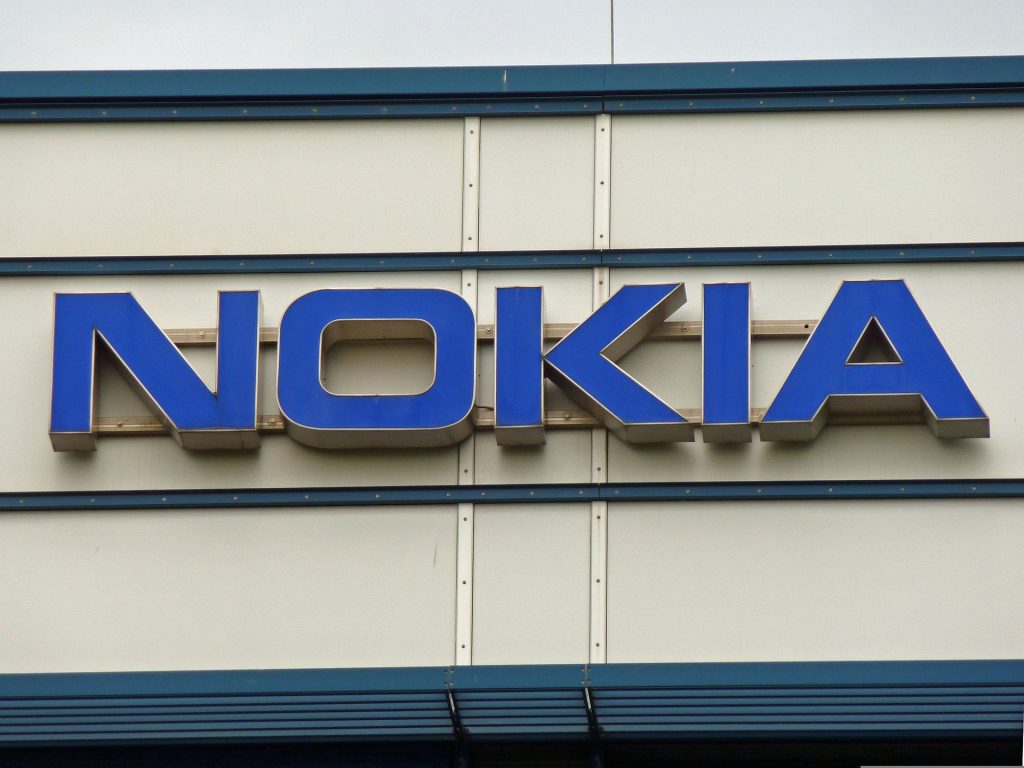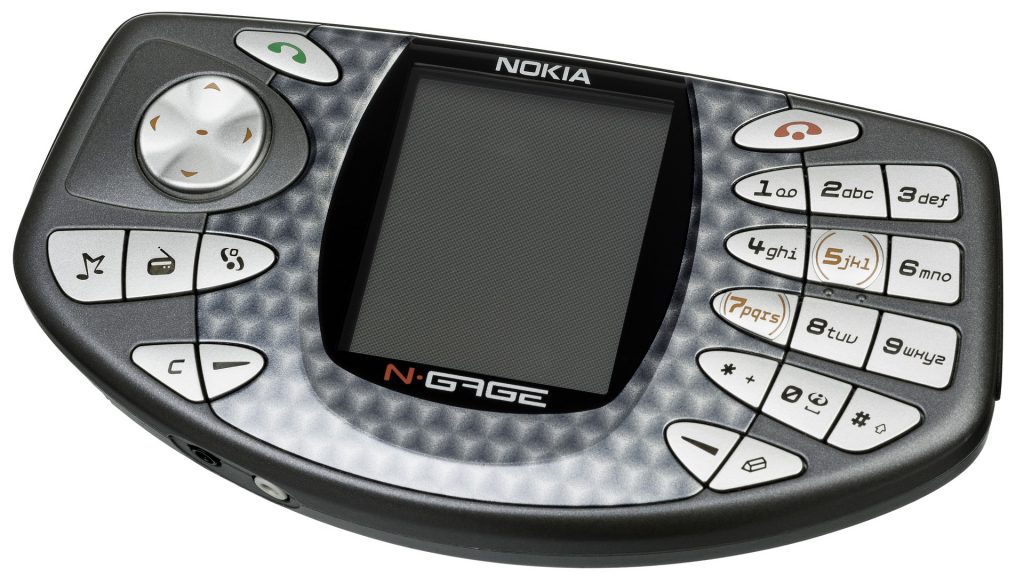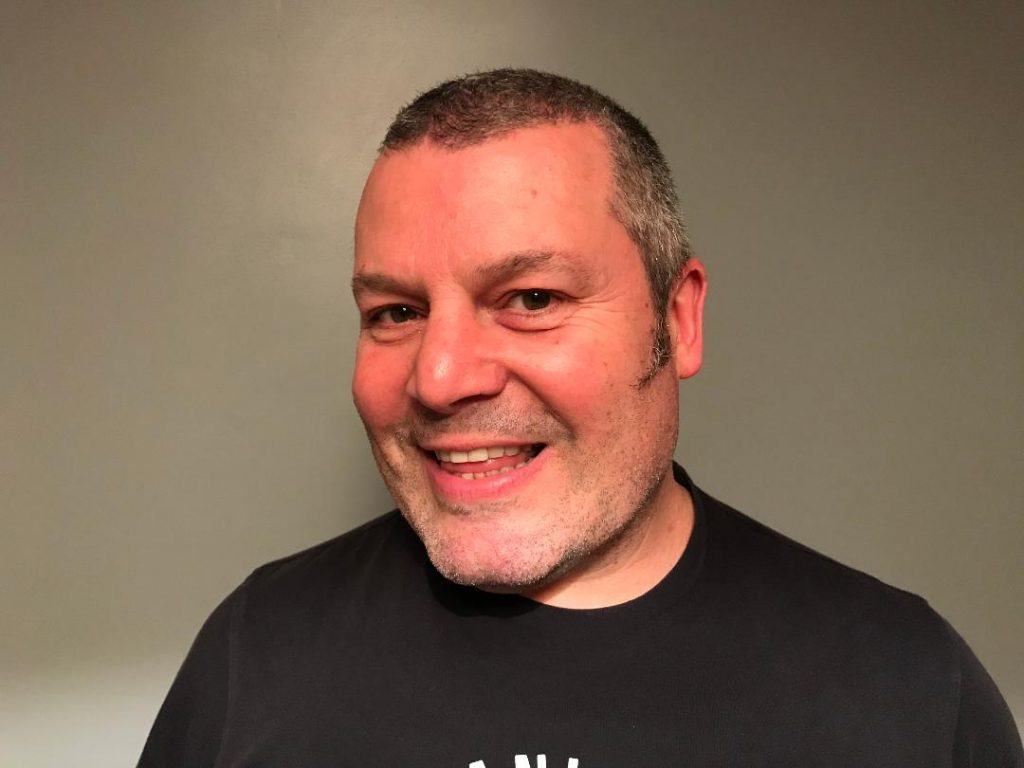Nokia has shown over the last week how it can continue to serve the evolving needs of the mobile industry with some key announcements. Business technology journalist, Antony Savvas views how the European standard bearer is admirably moving fast.
Let’s face it, after Nokia’s slow death as a mobile handset maker, despite being chosen by Microsoft as its main vehicle for its Windows Mobile OS (operating system), many thought Nokia’s days as a leader in the mobile space could be numbered. Particularly, that is, if you were obsessed with how many smartphones were being delivered globally.
However, while not being as sexy as the latest mobile gadgets, the infrastructure that they connect to and which carry the data and apps that we all use, is key, and is becoming ever more important for the consumer technology providers. Most of those providers don’t have the expertise, nor the legacy, to make sure that infrastructure works, most of the time, seamlessly. Nokia, however, has both that expertise and legacy in spades.
Industry 4.0

The concept of Industry 4.0 promises to ensure that businesses are not only able to truly digitally transform, but also to continually do it successfully. Mobile technology is centre stage in Industry 4.0, and Nokia is playing a big part in the arena.
It has announced new platform capabilities and applications for its on-premise Mission Critical Industrial Edge (MXIE) compute solution. Enhancements will enable Nokia MXIE to host applications from different ecosystems, including legacy non-cloud native workloads; elevate operational technology (OT) network security; and facilitate application development to advance enterprise digital transformation.
The recent Analysys Mason report, “Applications and edge computing for private LTE/5G networks” predicts growing interest among enterprises for implementing new private wireless Industry 4.0 use cases, such as autonomous robots and augmented and virtual reality. This will grow the enterprise application market rapidly with investments expected to be around US$6 billion (€5.9 billion) in 2030, says the analyst house.
With MXIE, Nokia introduced an ecosystem-neutral approach, allowing enterprises to swiftly deploy edge innovations from the public cloud, industrial partner clouds and industrial independent software vendors (ISVs) onto MXIE to complete their digital transformation. As the growing ecosystem drives greater enterprise innovation, Nokia has enhanced MXIE with new capabilities and partner applications to accelerate this momentum.
The move will enable non-cloud native workloads and applications to run in a safe and controlled environment alongside containerised applications. With this, Nokia MXIE can host a huge variety of applications from different ecosystems, including legacy applications most often found in brownfield industrial campuses.
The MXIE developer portal (MXIE depo) will facilitate application development, providing an enhanced developer experience and tools to enable faster and smoother application onboarding.

“On-premise edge is key to developing and deploying advanced industrial applications,” says Karim Yaici, senior analyst for Analysys Mason. “Solutions such as Nokia MXIE will help enterprises accelerate their digital transformation by facilitating access to OT (operations technology) and to foster innovation, by providing access to a growing ecosystem of developers and partners.”
Chris McReynolds, vice president for global offerings at the network and edge practice at Kyndryl, the application services and system integration firm, adds: “Our industrial customers are rapidly deploying private wireless networks to achieve high-performance wireless connectivity. Nokia MXIE is an integral part of the solution which offers a converged compute platform to support the core operation of private wireless networks and host a multitude of OT edge computing applications.
“This update will allow them to see a quicker return on their investments and an improvement to their industrial operations,” says McReynolds.
5G standalone

Nokia and Telia Finland have unveiled what they say is the world’s first commercial 5G standalone (SA) network with network slicing for fixed wireless access (FWA) services.
The introduction of network slicing will mean Telia can dynamically allocate a portion of its network for 5G FWA, flexibly balance traffic between FWA and mobile users, and provide new services like application category-based slicing. Being able to specify slices with differentiated levels of speed, latency and data quality, will mean Telia is able to offer its customers a selection of broadband deals with guaranteed service levels based on their requirements.
The deal will see Nokia upgrade Telia’s entire 5G radio access network (RAN) infrastructure to enable 5G slicing, utilising equipment from its AirScale portfolio, including 5G radio and baseband products. AirScale supports mobile operators now rapidly transitioning to 5G standalone networks, to support applications such as cloud gaming and extended reality, for instance.
The deployment gives Telia “the speed, intelligence, scale and security” to deliver 5G services, while “cost-effectively” managing its network with “near zero-touch automation” and adherence to service level agreements, say the partners.
AI and monetisation
Nokia is also strengthening its software portfolio in the areas of security, automation and monetisation, with AI (artificial intelligence) “binding the portfolio together”, it says, to target a growing addressable market.

As part of its announcement today, Nokia’s OSS, BSS (operations & business support systems) and security software applications will be unified under Nokia’s AVA (Automation, Visualisation, Analytics) brand. AVA provides “intelligence everywhere” through AI, machine learning, no code configuration, open APIs, multi-cloud orchestration and digital ecosystems.
Nokia is introducing the AVA Open Analytics framework to help CSPs (communications service providers) accelerate AI projects, in part by simplifying how data is stored and used. Currently, says Nokia, data scientists can spend around 40% of their time on data wrangling and repetitive tasks that should be automated.
The AVA Open Analytics framework will move customers from monolithic and centralised data lakes to a hybrid data mesh architecture, that “abstracts technical complexity” and enables data scientists to focus instead on the needs of their data use cases. Nokia expects the framework to be fully commercially available in 2023.
Digital ecosystem
Nokia is also introducing the IGNITE Digital Ecosystem to bring together customers and application partners to “accelerate and commercialise” innovation in security, automation and monetisation solutions.
Using Nokia’s ecosystem enablement platform (open-ecosystem.org), IGNITE streamlines collaboration through secure access to the resources needed to “unlock value”, including on-demand product sandboxes for experimentation and integration. More than 20 projects are already ongoing with customers and application providers, including the development of new machine learning models, and cyber security incident detection and response use cases.

“Nokia’s repositioning of its business applications under the AVA brand places artificial intelligence and machine learning as central pillars to its software offering,” says Grant Lenahan, principal analyst at Appledore Research.
Ahmad Latif Ali, associate VP for European telecom insights at analyst IDC, adds: “Telcos are searching for more intelligent ways to monetise their network data. As they do that, telcos must consider implementing next-generation AI, ML and data governance capabilities. Nokia’s announcement today is an example of a vendor redoubling its efforts to drive further analytics innovation and 5G value for CSPs and enterprises.”
Nokia may have lost the smartphone war, but it’s very much a major player in the rapidly changing mobile space we are now seeing.
The author is Antony Savvas, a global freelance business technology journalist.
Comment on this article below or via Twitter: @VanillaPlus OR @jcvplus






